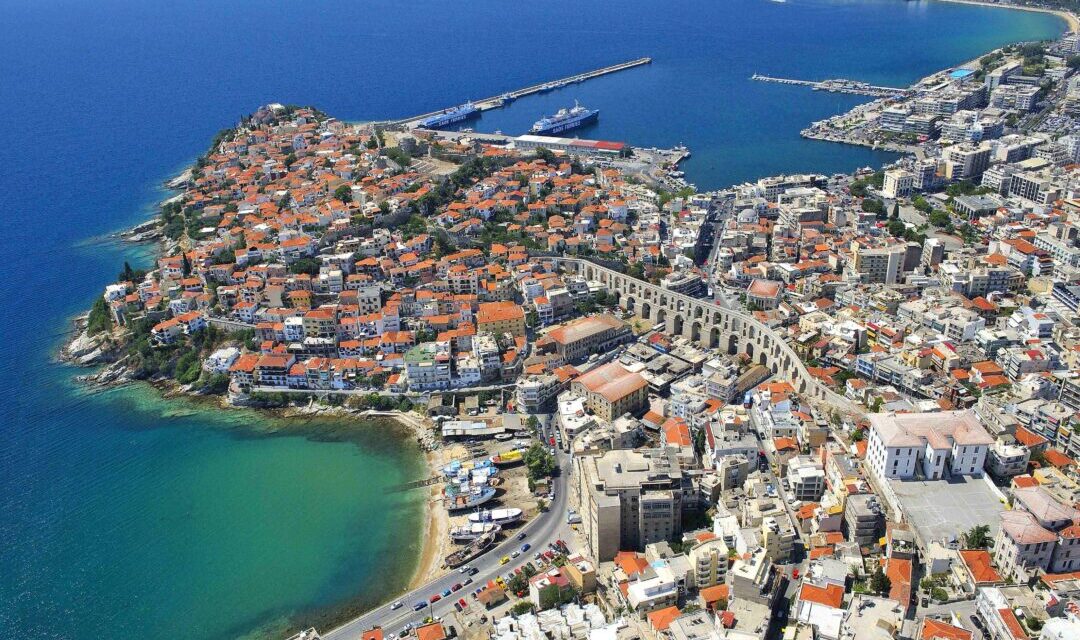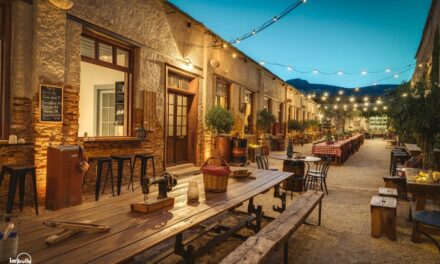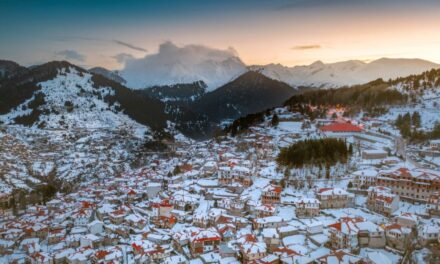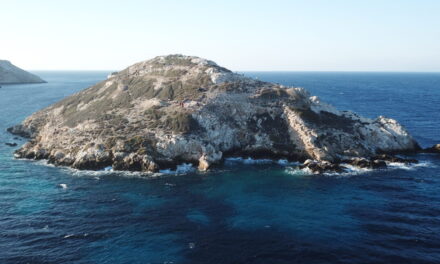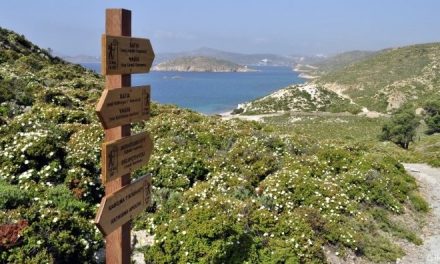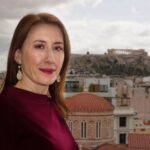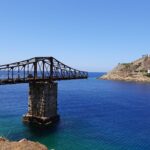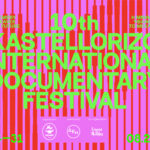Kavala, Northern Greece’s “Blue City”, is a charming destination that has successfully preserved its cultural heritage. On the coast of the Aegean, 153 km from Thessaloniki, this city is steeped in history. Over the centuries, it has changed its name three times: from Neapolis, its original name until the 7th century BC, to Christoupolis (“the city of Christ”, reflecting its Christian identity in the Byzantine times) in the 8th century, and eventually to Kavala (from 1500 onwards).
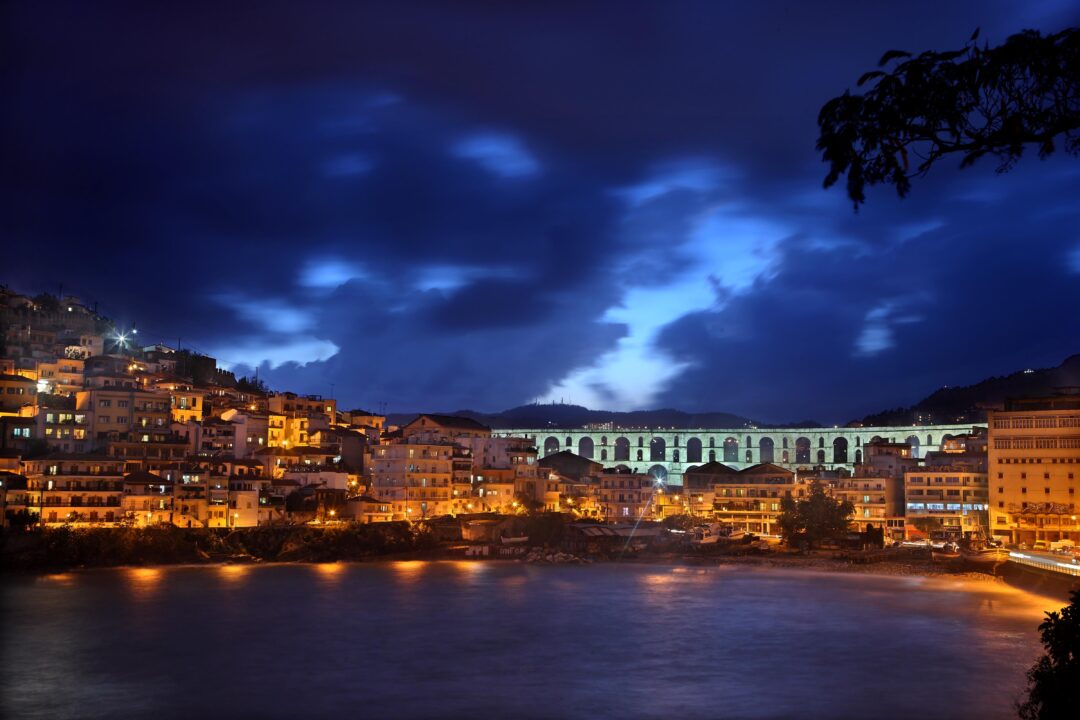
A city steeped in history
Neapolis, a loyal ally of Athens, was conquered by the Macedonian king Philip around 350 BC. The Apostle Paul landed at the port of Neapolis around 49 B.C. and, following the Roman road “Via Egnatia”, made his way to the city of Philippi to teach Christianity in Europe for the first time and baptize Lydia, the first Christian in Europe.
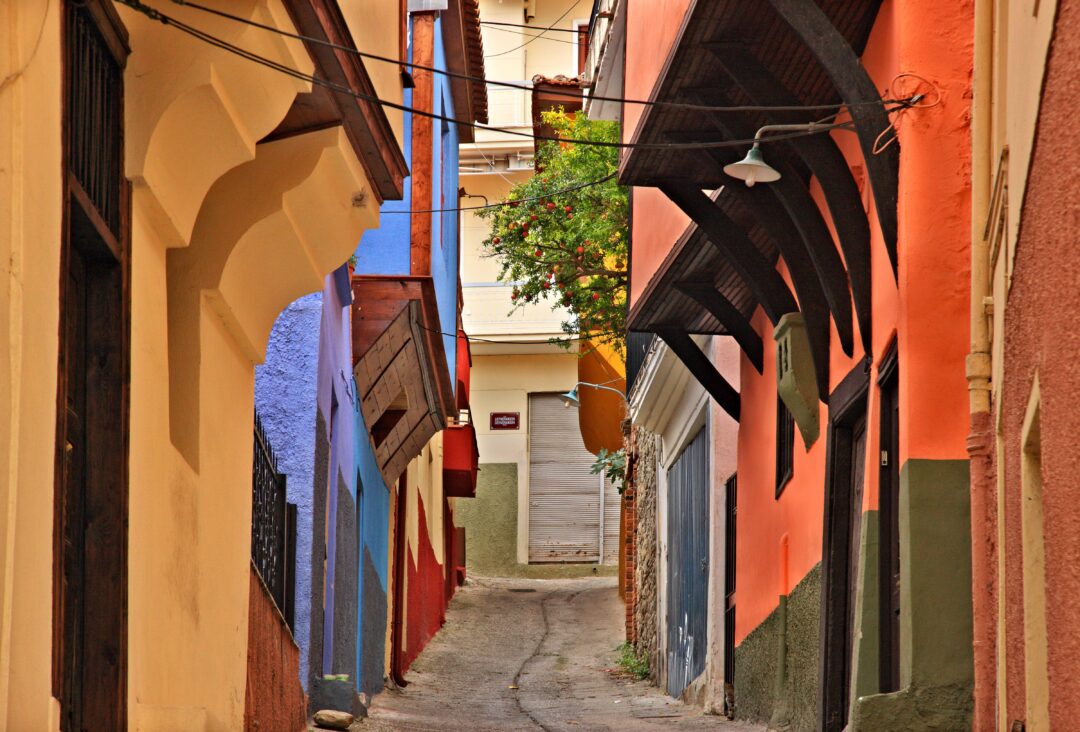
During the years of the Ottoman Empire, the town was razed to the ground, but it managed to rise from the ashes and, from the 18th century onwards, once again became an important commercial harbor.
Kavala’s great development began in the mid-19th century, thanks to tobacco growing, as the town and its port became a center for tobacco exports. Within a few decades, the town was transformed and became a magnet for Greek, Jewish and European merchants. Between 1924 and 1930, there were over 60 tobacco companies in Kavala.
Discover the town of Kavala
The old town, on the hillside of the Panagia peninsula, is the ideal place to take a stroll back in time. The 15th-century medieval fortress, perched atop the hill, offers spectacular views over the town and port of Kavala.
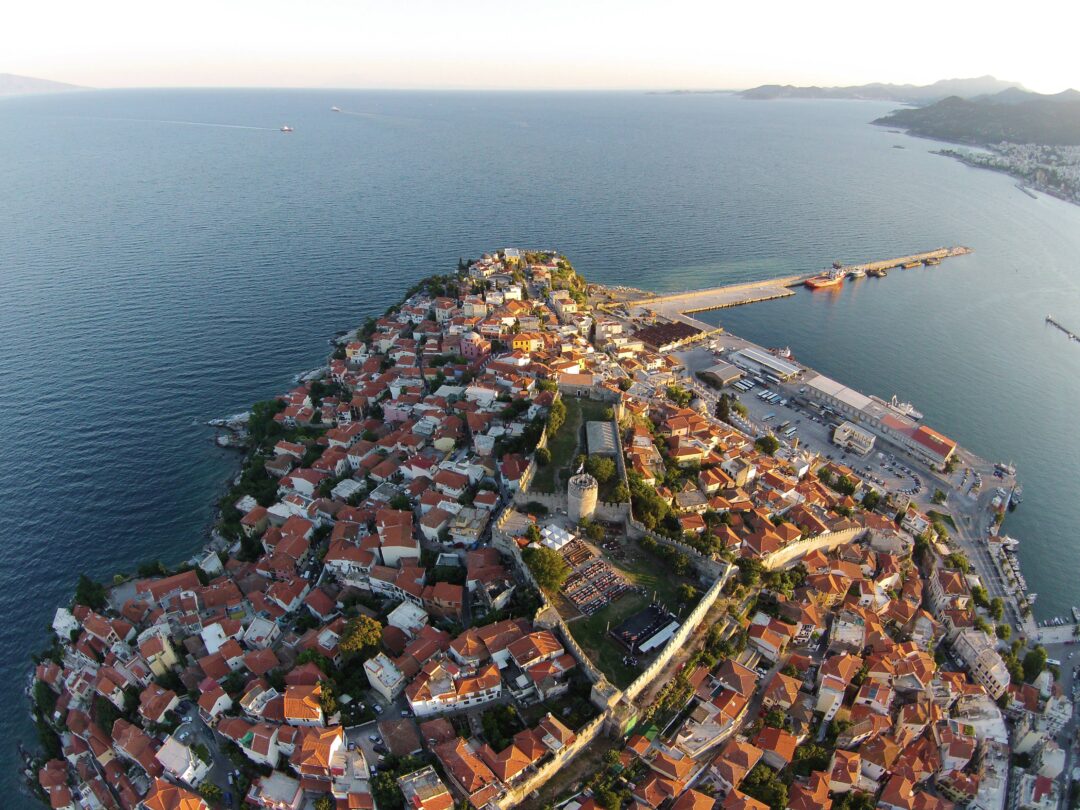
In the old town, you’ll also find the late-18th-century Ottoman-style house of Muhammad Ali (Governor of Egypt, born in Kavala in 1769), the Church of Panagia (Church of the Virgin) and the Halil Bey mosque. The waterfront also features a preserved section of the town’s medieval fortifications.
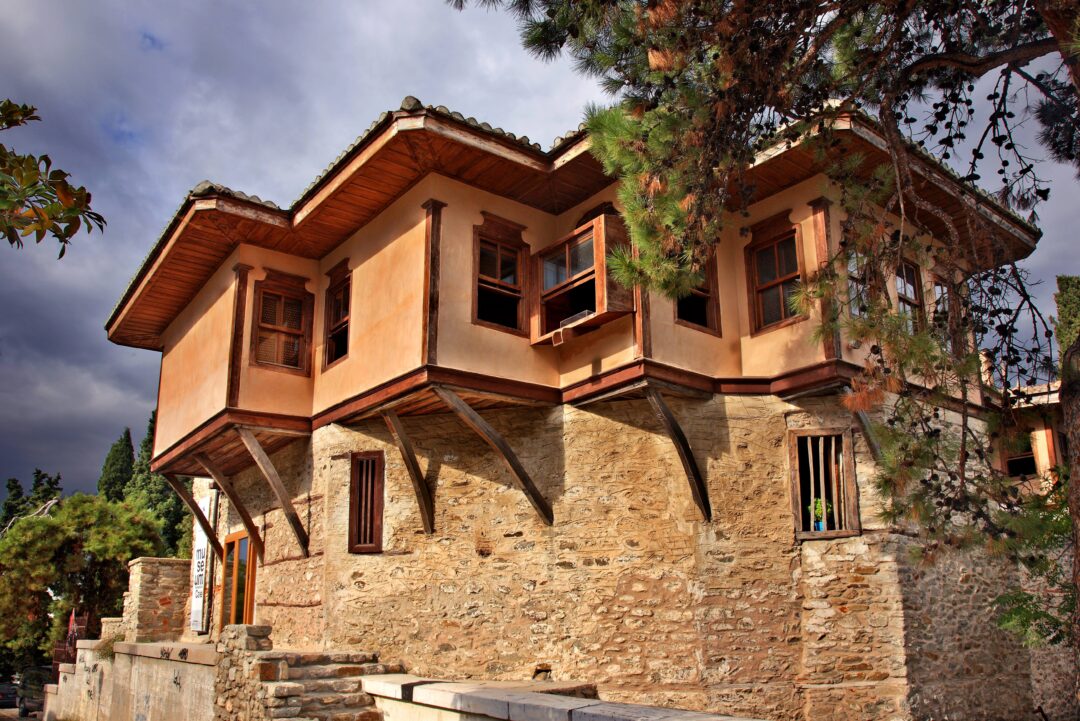
On the west coast of the Panagia peninsula lies “Imaret”, which was a Muslim institution (religious, educational and charitable) founded in the early 19th century by Mehemet Ali. Today, “Imaret” is a luxury hotel.
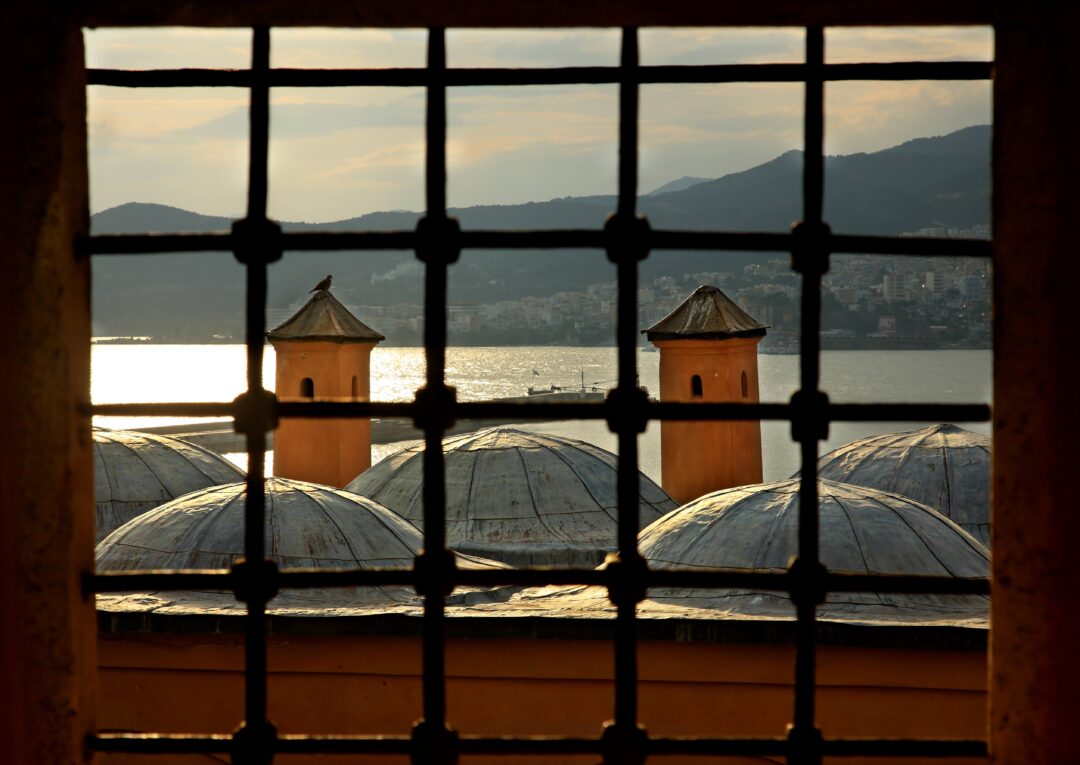
A visit to the Archaeological Museum and the Tobacco Museum provides an insight into two important periods in Kavala’s history. A beautiful mosaic, just outside the church of Saint Nicholas, commemorates the arrival of the Apostle Paul on European soil for the first time, in Kavala (Neapolis).
Kavala’s great aqueduct, 270 m long and up to 25 m high, is known as “Kamares”. It is believed that there was a Roman aqueduct on the same site, on the remains of which the “Kamares” aqueduct was built between 1520 and 1530.
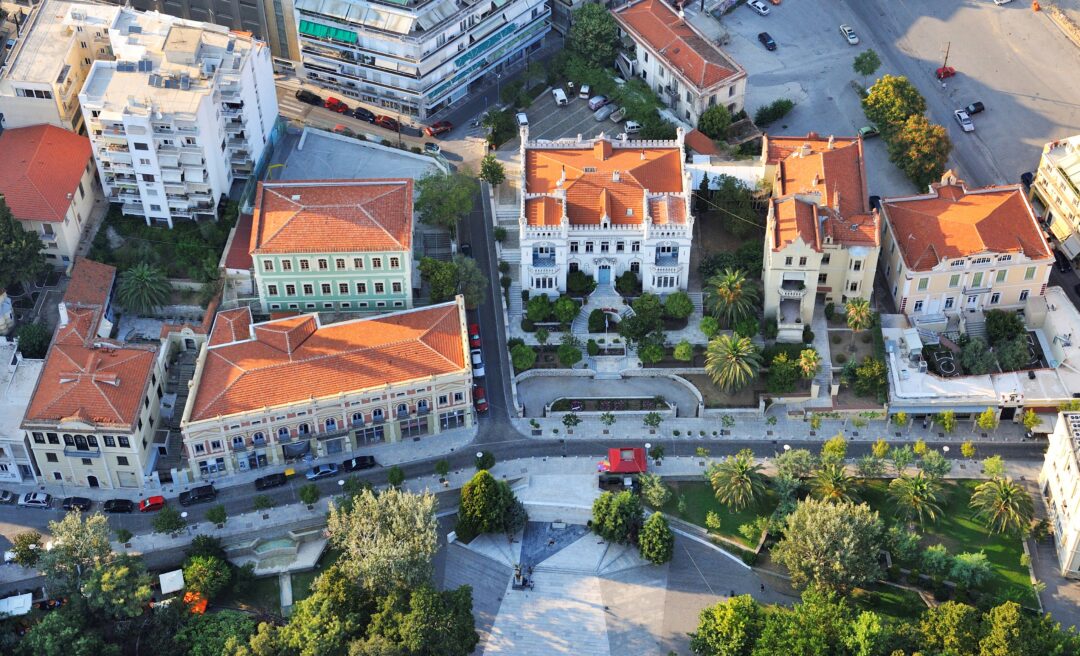
Some of Kavala’s most impressive buildings can be found on Kyprou Street (Cyprus Street): the Kavala Town Hall (former home of the Hungarian tobacco merchant Pierre Herzog, built in the late 1890s, with neo-Gothic elements), the Grand Club building (erected in 1909, an example of eclecticism with neo-classical motifs), the Wix mansion (with its characteristic yellow color and neo-Gothic elements, built in 1906 as the residence of the German Baron Wix) and the Toko mansion (built in 1879 by the tobacco merchant D. Toko).
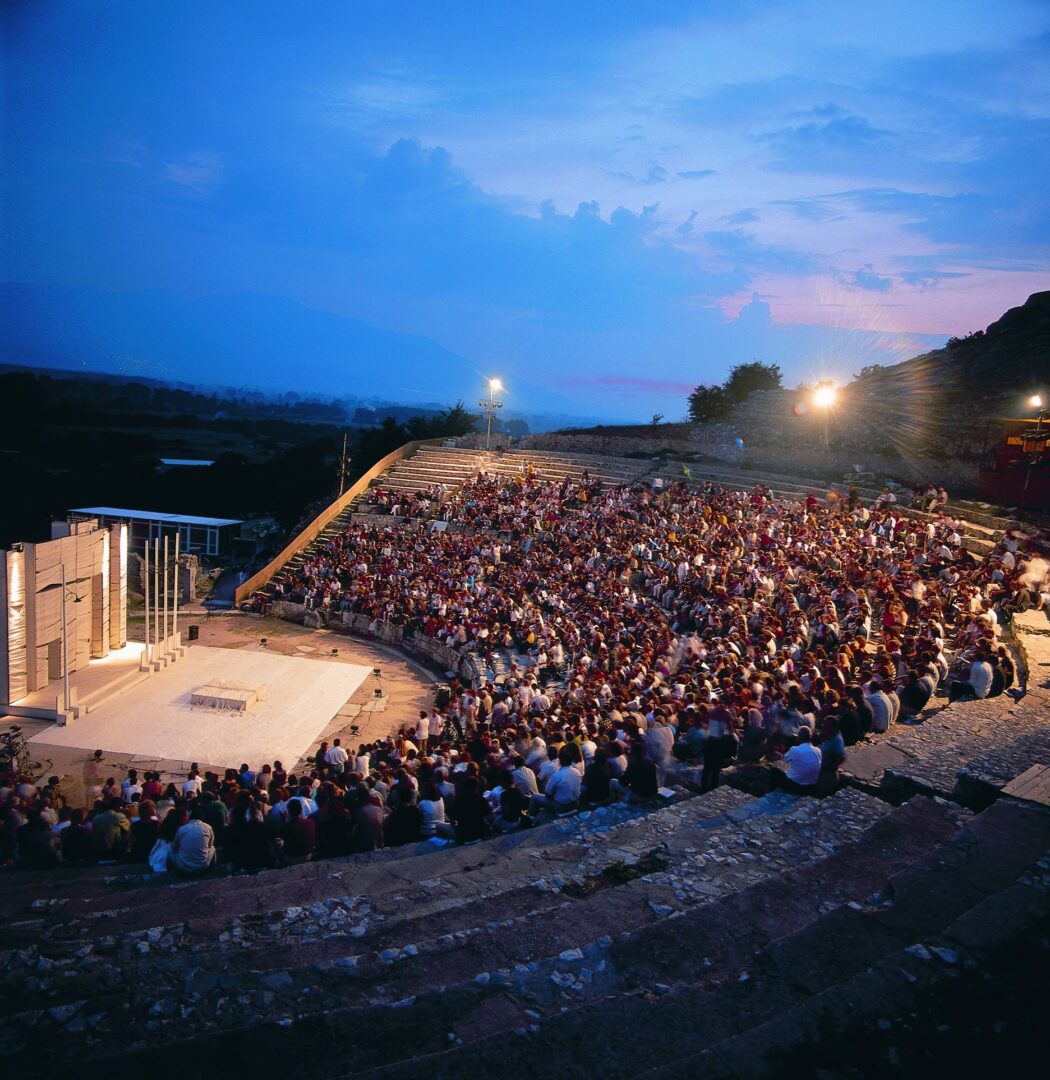
The archaeological site of Philippi
The archaeological site of Philippi, inscribed on UNESCO’s World Heritage List in 2016, is just a short distance from Kavala. One of the city’s biggest cultural events is undoubtedly Kavala’s “Philippi Festival”, held in summer. It is the second oldest festival in Greece, after Epidaurus. The festival’s first performance was Euripides’ “Electra” in September 1957.
Intro photo: Kavala, aerial photo, © Visit Kavala archive
Translated from the original article which appeared on Grèce Hebdo (Intro image: Panoramic view of Kavala, Visit Kavala archive)
Read also via Greek News Agenda: Nymfaio | The Northern Greek village straight out of a fairytale; Philippi: a “small Rome” in Macedonia; Alexandroupolis: a new energy and transportation hub for Greece

